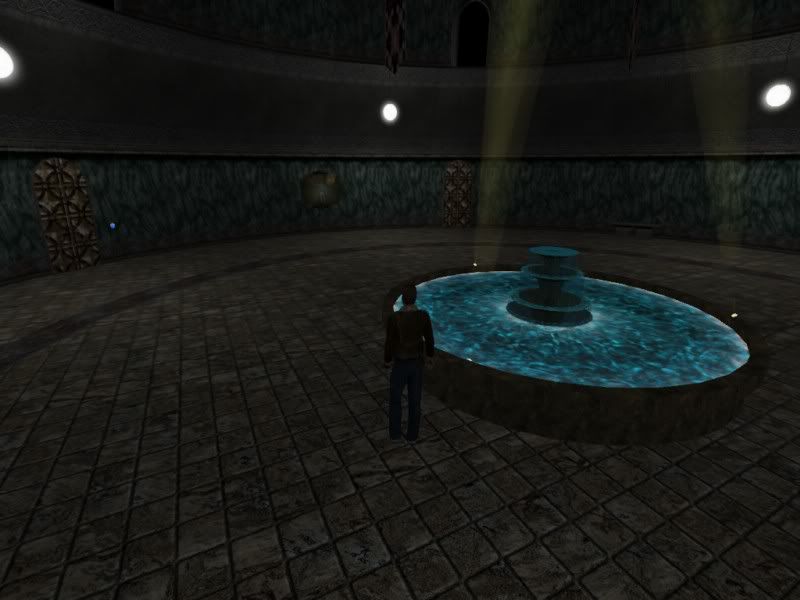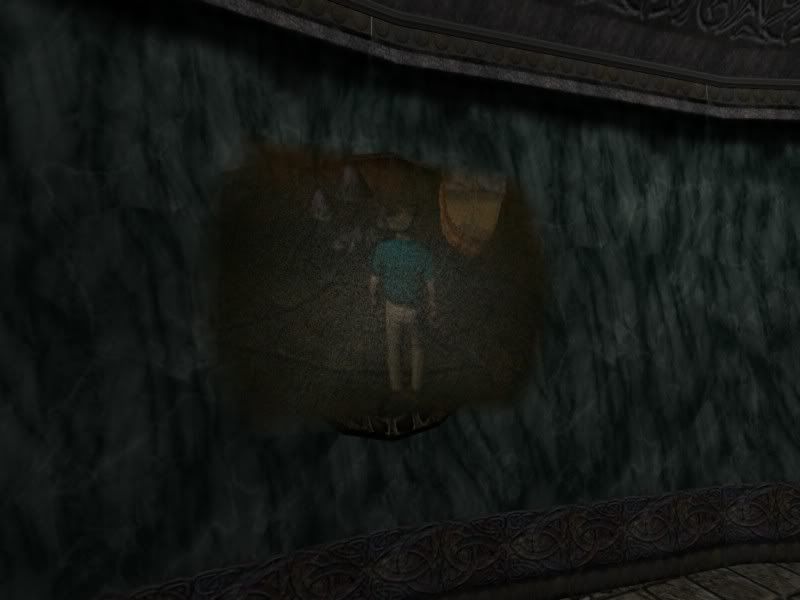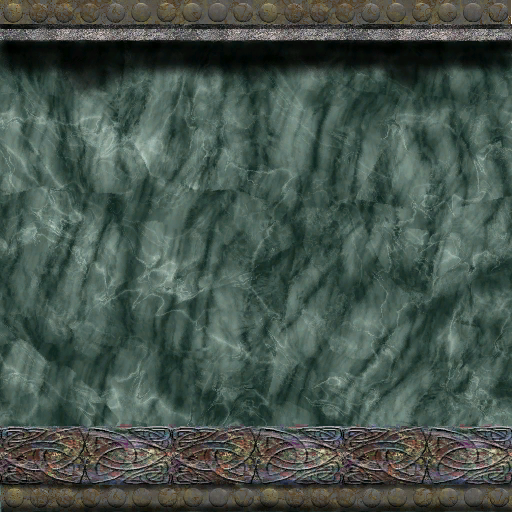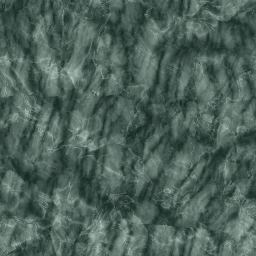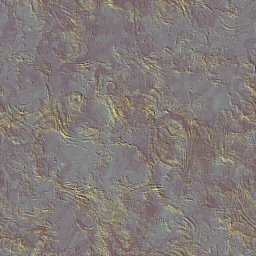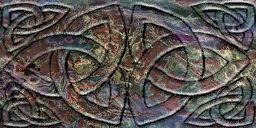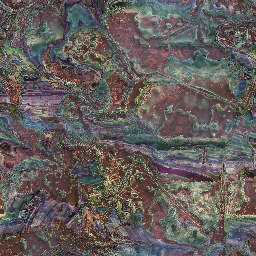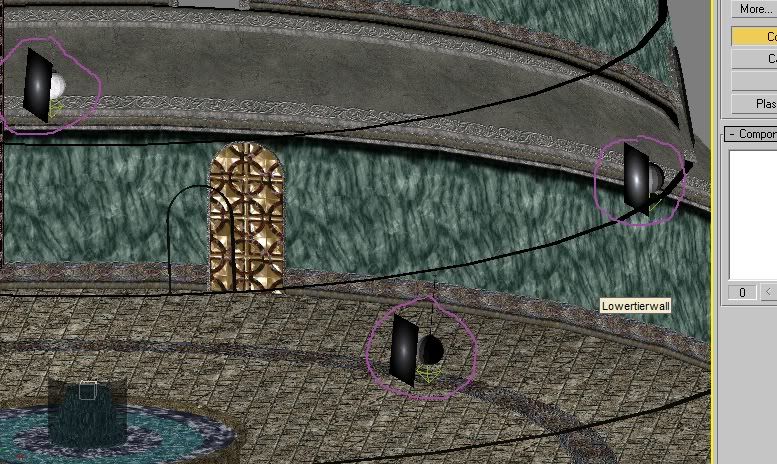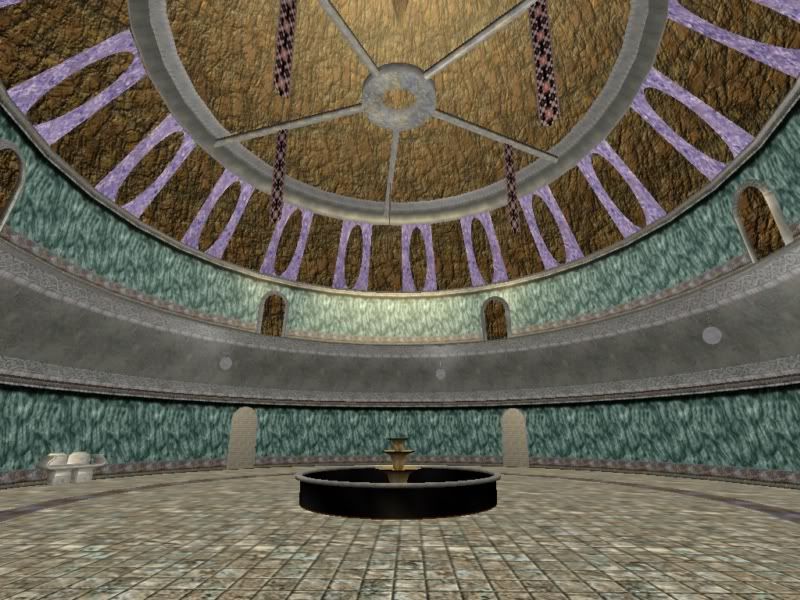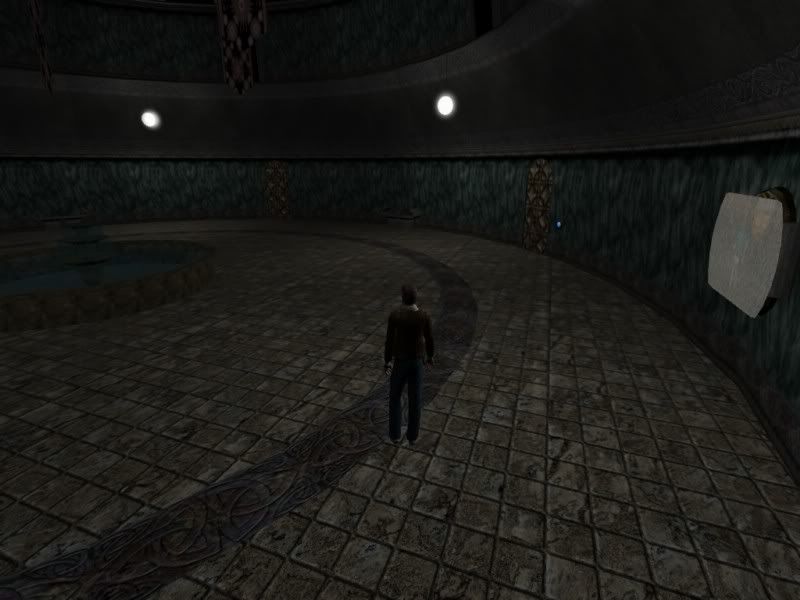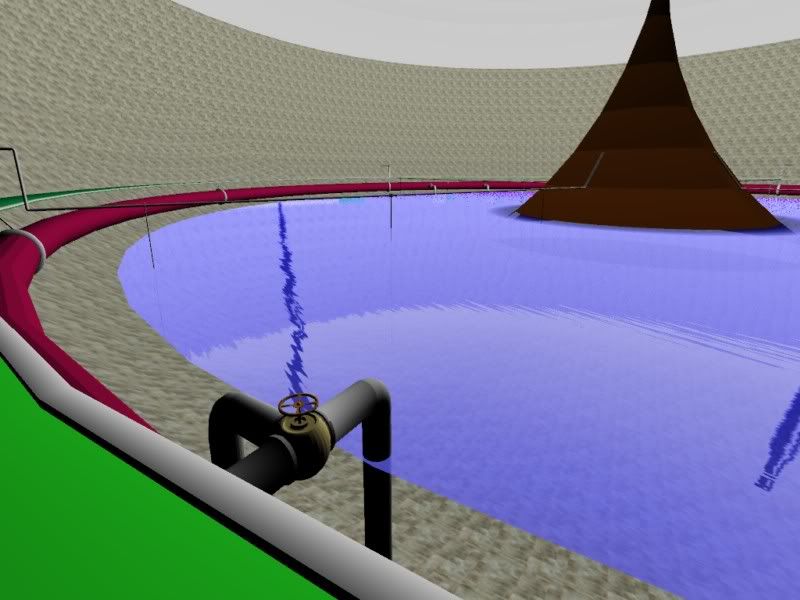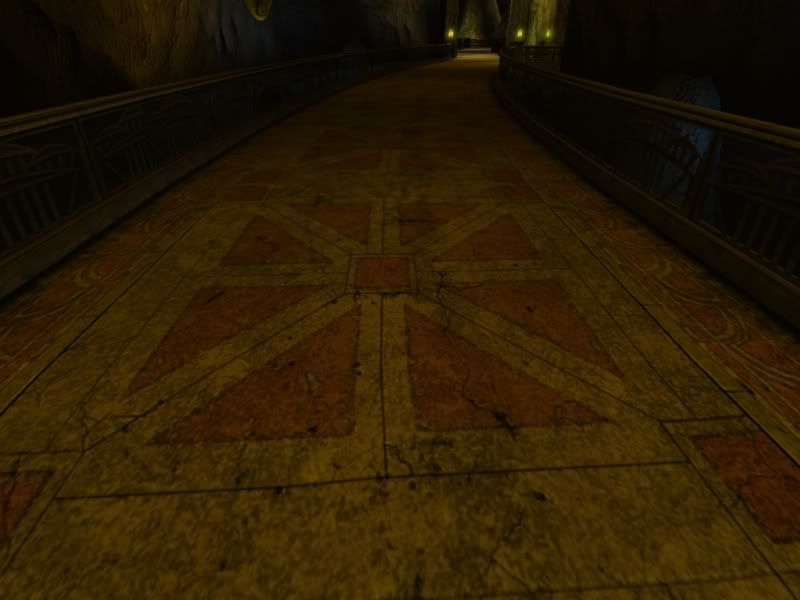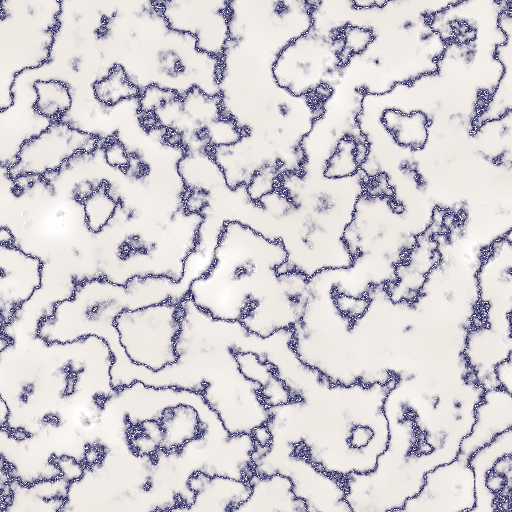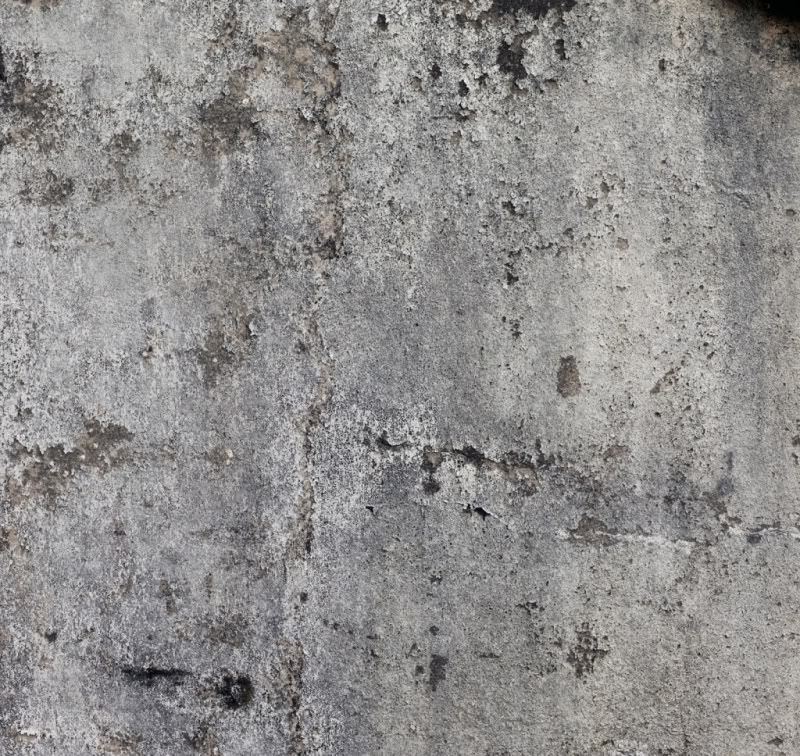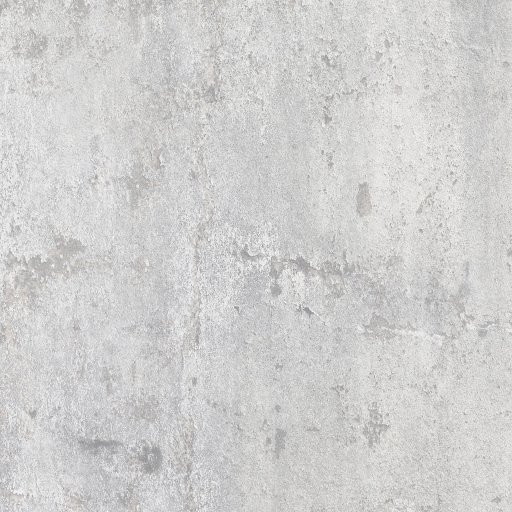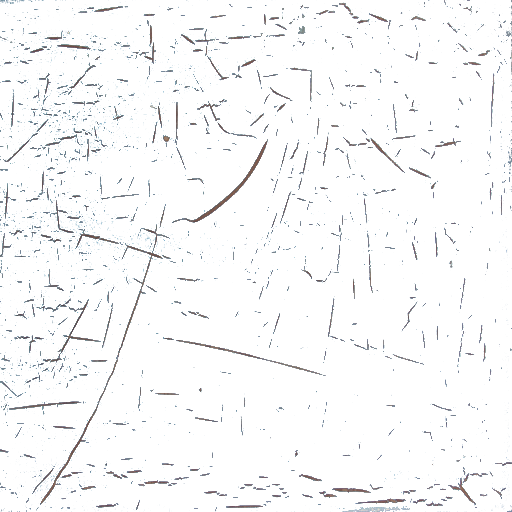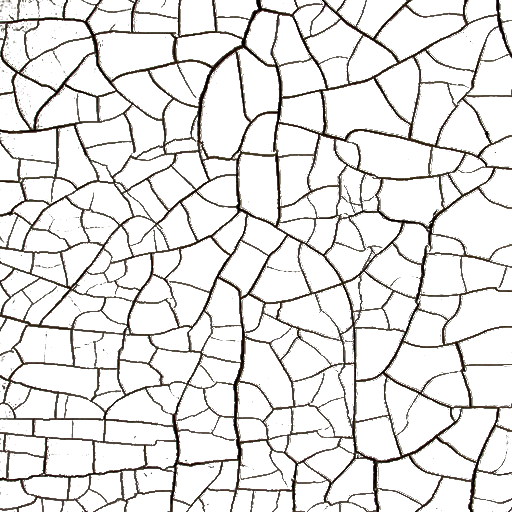I've noticed that, while I'm pretty good at modeling organic objects like terrain, trees, etc., anything manmade tends to come out really bland. I look at Uru's environments, and the way that every room and building fits together just seems so much more intricate than anything I ever create. This seems to come down to three problems:
1) It's hard to come up with ideas for interesting-looking buildings. I've actually gotten a lot better at this just by looking at architecture online or in real life, though. This one isn't so much of a problem anymore.
2) Unusual shapes, like the Kadish pyramid or any of the Gahreesen interiors, are hard for me to assemble. I can come up with a concept, but when I try to model it, the pieces don't fit together the way I envisioned (verts don't line up, etc.) This may have to do with my self-taught, relatively naive modeling style; I don't know. It's especially difficult when modeling with the curve modifier, but that's still the best way I can come up with to make, for example, curving bay windows. I notice the perfect interlocking symmetry of more professional work and can only wonder how such things are done.
3) I tend to texture models using basic "metal type 1," "metal type 2," "stone," etc. kinds of images, which creates little visual interest even when an object has multiple materials. I'm teaching myself how to make more interesting texture designs in Photoshop, but I'm not sure how to organize the image for applying to a model. Most tutorials nowadays focus on making full 1:1 UV maps for whole models, with much higher resolutions than Uru uses (an unfortunate side effect of modding an older game, but oh well). How much texture information is typically used in a single image? I'm really wishing I knew how to make wall textures like those in the Ahra Pahts shells...
My problem, therefore, appears to be a lack of expertise in digital art in general. That's obviously not something anyone here can help me much with (although it would be much appreciated if you somehow could). Does anyone have any tips, though, for dealing with any of the above problems?
Guild of Writers

